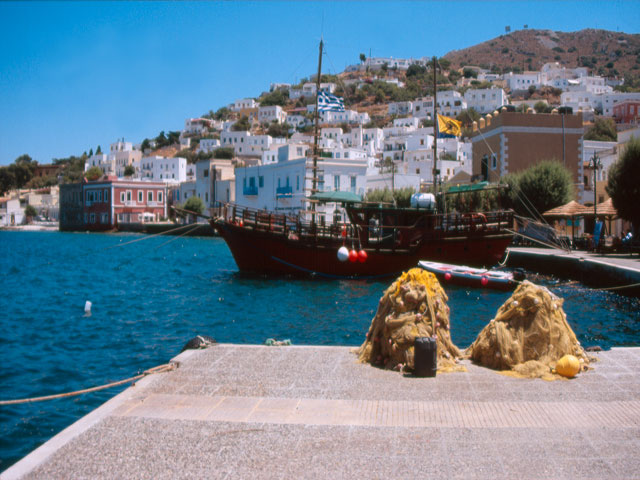Geographical & Historical Outline of Leros
Leros island lies in the south-east Aegean between Patmos, Lipsi and Kalymnos.
It has hilly terrain with several fertile areas and abundant waters.
The coastline is deeply indented by the sea, forming natural harbors, sandy bays and steep rocks.
Leros is surrounded by several uninhabited islands, the largest of which is Archangelos to the north.
The island has an area of 53 square kilometers and 71 kilometers of coastline.
Geographical & Historical Outline of Leros
Leros has a long history, parallel to that of the rest of the Dodecanese islands and is of great archaeological interest.
It was abandoned for several years because of pirate raids.
There is a tradition of dance and song.
The first inhabitants of the island were Carians, Leleges, Phoenicians and Cretans.
During the 5th century Leros flowered intellectually.
After the Persian Wars Leros became part of the Athenian Alliance.
During Byzantine times magnificent Christian churches were built on the island.
When the Italians occupied the island it was made a naval base and in the place Lakki a new city was founded.
In 1314 Leros was occupied by the Knights of St. John of Rhodes and they governed it tyrannically until 1523 when the Ottoman Empire came to dominate the entire Aegean Sea.
During the Second World War, after the capitulation of the Italians, Leros was liberated by Greek military company.
In March 1948 the island was integrated to Greece with the other islands of Dodecanese.


